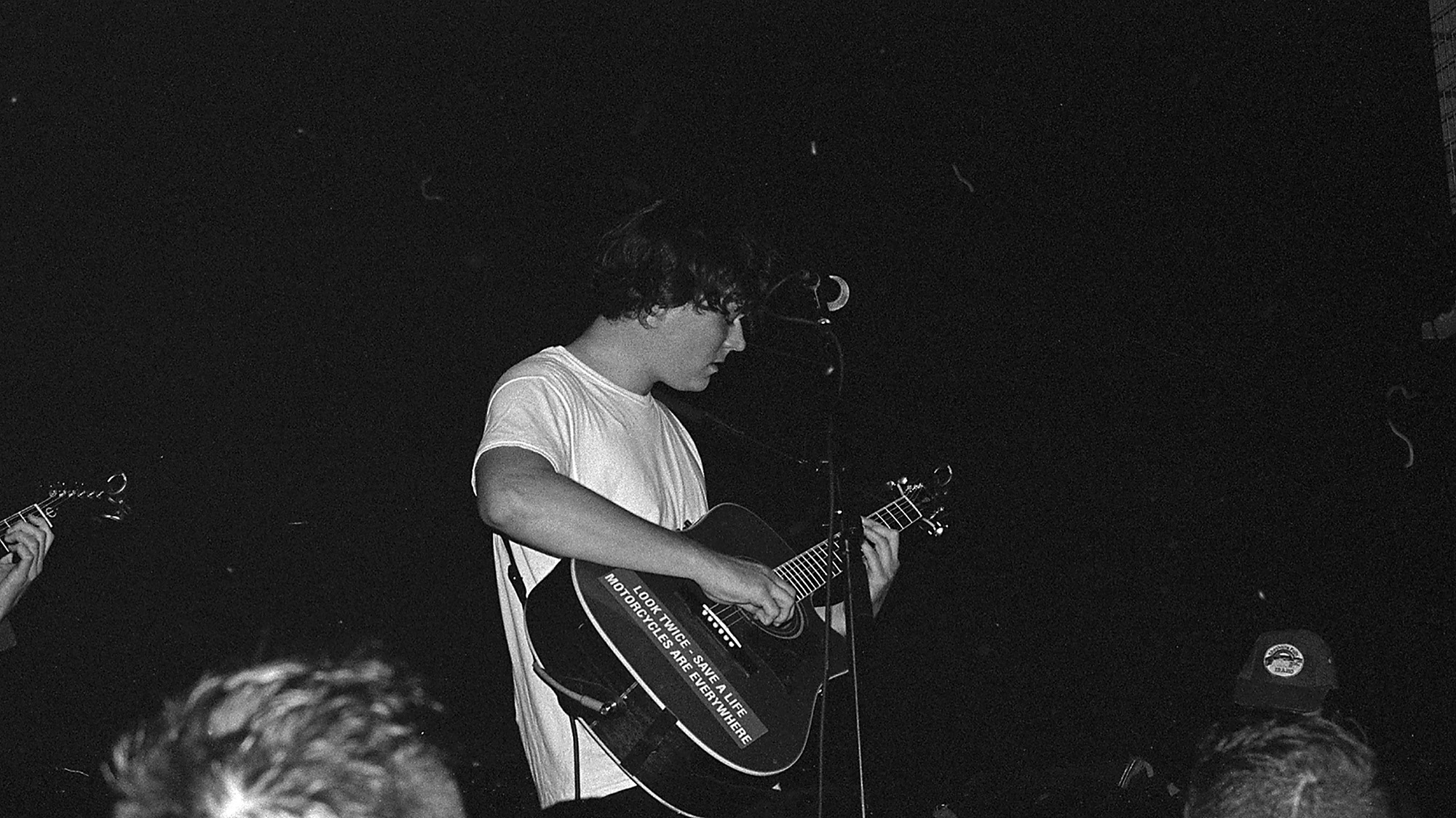Last Updated on 11/04/2017 by Chris Gampat
All concert photography images by Olivia Pasquarelli.
In my opinion, shooting live music is one of the most challenging photographic experiences possible. For starters, there is very low light, and it’s constantly changing. I’ve shot in venues that are lit by a single bare lightbulb hanging from the ceiling, and venues that have light shows that move beams of colored light in all directions. In addition, your subjects are constantly and unpredictably moving around. You’re surrounded by people who, depending on what genre of music you’re shooting, are dancing, jumping, pushing you and spilling drinks left and right. Depending on your access, you may have a limited amount of time to get the perfect shot. Most larger venues only give photographers the first three songs to shoot.
I’ve been photographing live music, from DIY venues to arenas, for the past five years. It’s a tough gig usually–and if you’re not shooting for a major publication, you’re probably either getting paid very little or are getting paid in drink tickets and band merch. You’ll often be competing with other photographers trying to get their work out there and will have to rush to edit and submit your photos first to get them published. I’ve shot punk bands in the basement of a karate school (which triggered a dust-related asthma attack mid show), and I’ve shot world famous musicians in a 20,000 capacity area. Both were equally fun and challenging. Every music photographer I know, including myself, does it because they love it. Passion and determination are essential. Here are some tips to help any aspiring music photographer.
The Camera and Lens
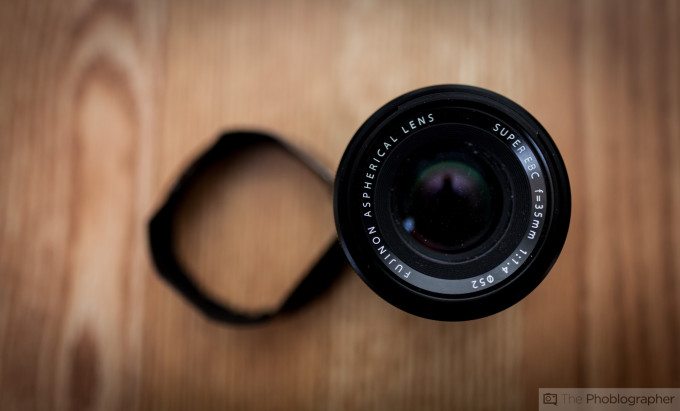
A Fairly Fast Shutter Speed
Keep your shutter speed above 1/60. Ideally you want to stick around 1/125 and up. The performers will be moving, jumping, or dancing. You’ll also be getting bumped into from all directions while you’re shooting. If you want sharp images, you’ll need a faster shutter speed because you won’t be steady.
Shoot JPEG and RAW with a Fast Memory Card
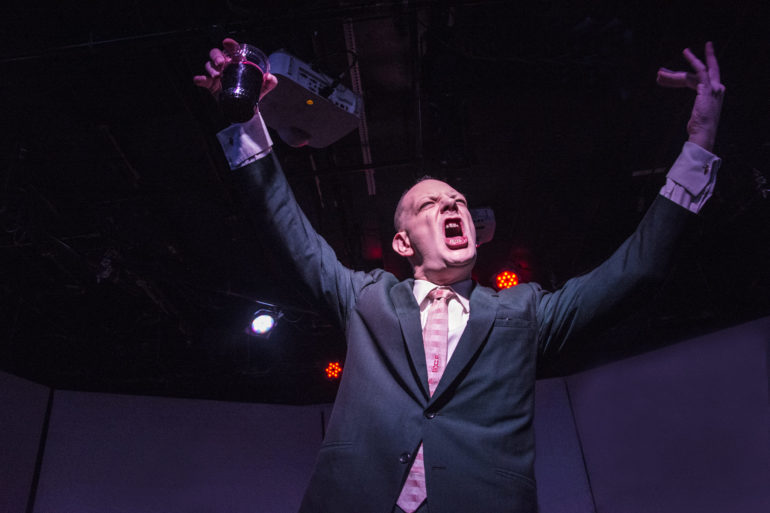
Move
Move around. There will usually be other photographers at every show trying to take better photos than you. Don’t just stand in one spot the entire night and take the same photos over and over again. Move around the stage, crawl on top of things, get up close, and include the audience in some shots. Get innovative to get the best photograph. I got amazing photographs of Code Orange by sneaking on stage, hiding behind an amp, and peeking out to take photos. They’re a hardcore metal band, so the amount of violent moshing in the audience made it impossible for me to take good photos without fear of breaking my camera, so I found being behind them on the stage to be better.
An important thing to keep in mind is to never interrupt the performance by standing directly in front of the performers. If you have to get up close for a quick shot, do it as fast as possible and then get out of the way. You don’t want to disrupt the audience or performer’s experience.
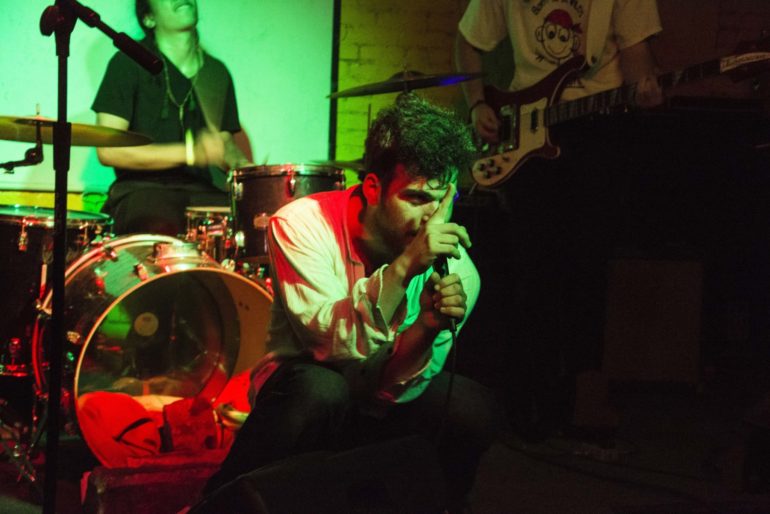
Your Portfolio of Your Best Work
Build a portfolio. Shoot local bands and small venues to get started. Most of the time, you don’t need a press pass and you can get up close to the action. Once you have some good images, send them to other bands, venues, and publications and ask them if they need a photographer. Keep making connections, networking, and jumping on every opportunity you get.
Speed
Be fast and friendly. Edit your images right away. Once I started shooting with the Fujifilm X-T2 for live music, I would send the images to my phone wirelessly on the cab ride home, quickly edit them and send them to the publication, venue, or band I was shooting for. I found that the lighting and environment of music venues requires minimal editing, and getting my images out first usually meant being the first or only photographer published from that show. Other outlets saw my work on a blog or tagged on a band’s instagram, and I got more jobs. Always be friendly to the bands and outlets you’re shooting for. If they like your work and feel comfortable around you, they’ll call you up for the next show.
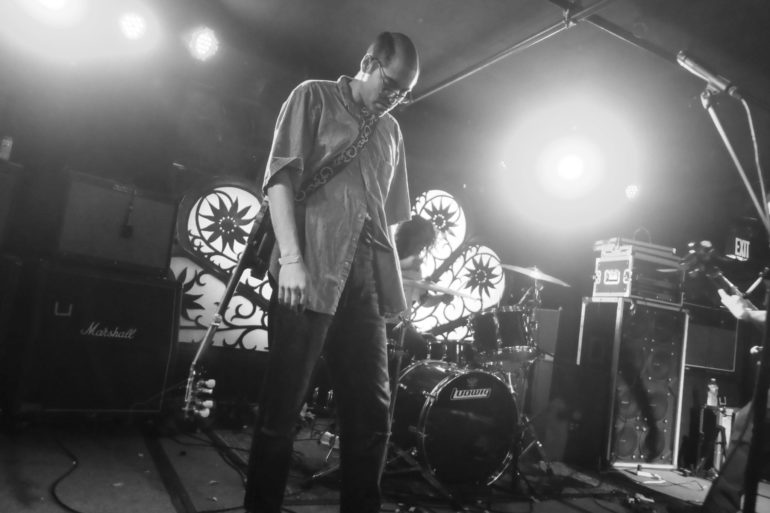
Experiment
Break all the rules I just told you. Some of my best live music photographs were shot on a Canon AE-1 35mm film camera with a little minolta flash from the 80s. I have a blurry shot that I love of Dreamcrusher that was taken in an almost pitch-dark room. It matches with the vibe of the performer. My photograph of Brian Sella from the Front Bottoms was taken with Ilford Delta 3200 film. I shot digital images of their acoustic record release show, but shot a roll of film for fun, and I thought the natural film grain went along with their music and aesthetic.
I hope these tips help you to get started if you’re inspired to shoot live music. Every music photographer will grow to have their own style of shooting and processing. Most importantly, have fun and try to shoot music you love. The highlight of my years of shooting music was getting the opportunity to photograph my favorite bands and to contribute to people, places, and publications that have inspired me.


